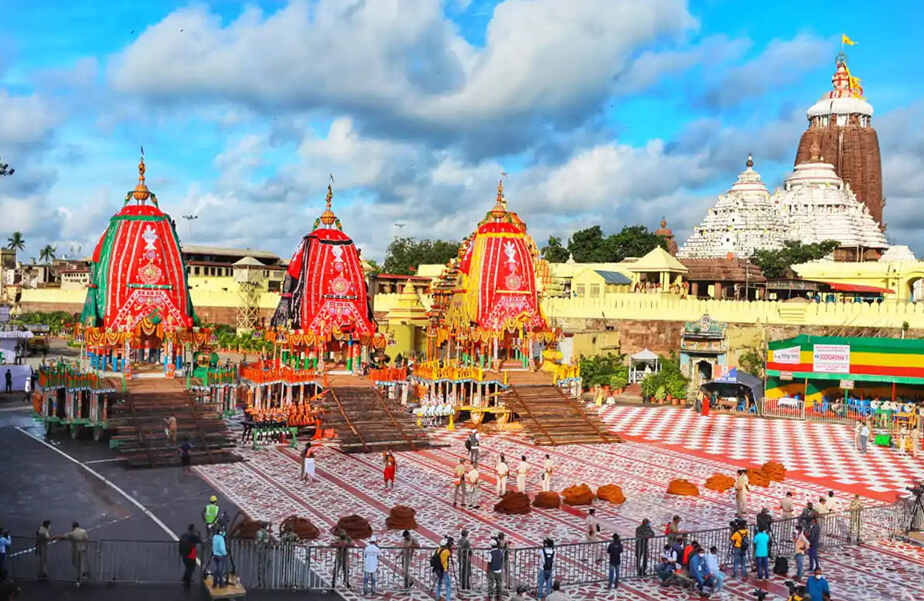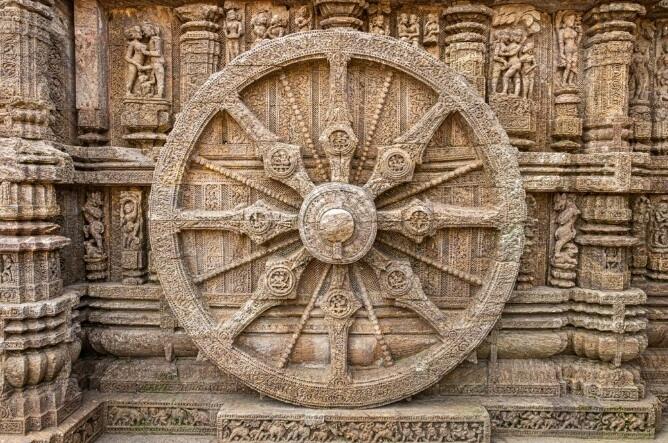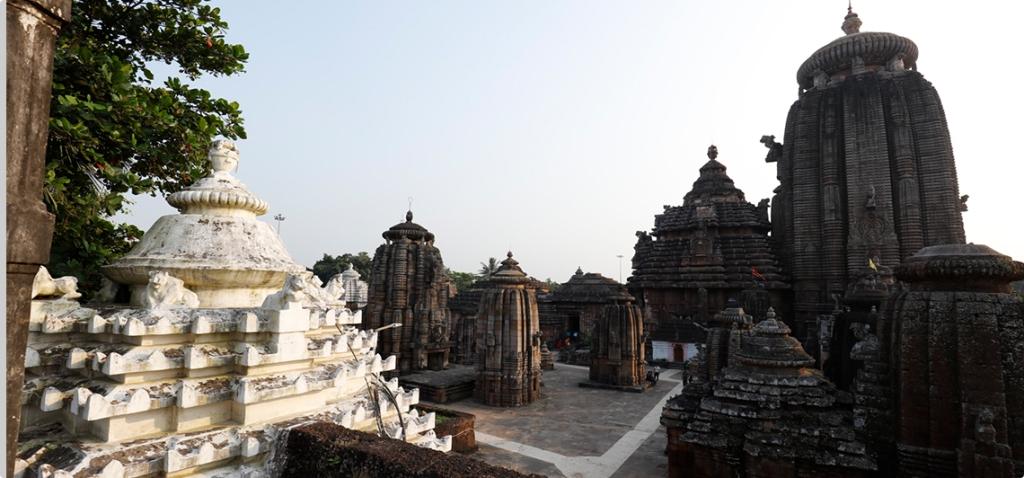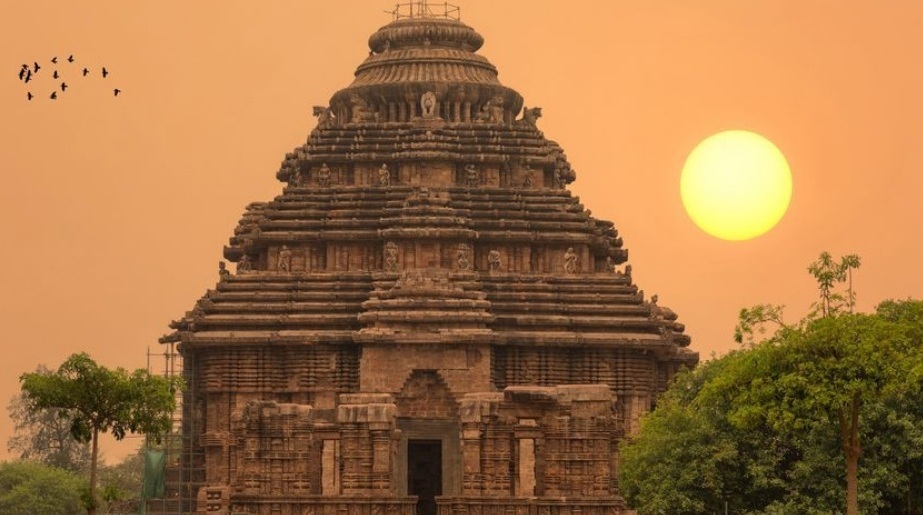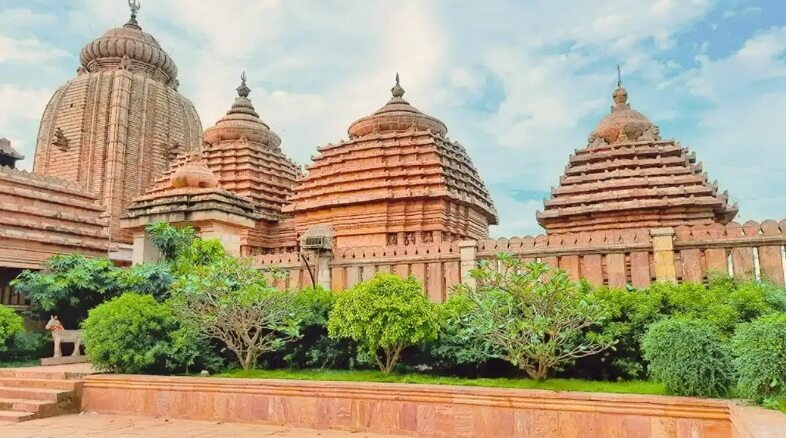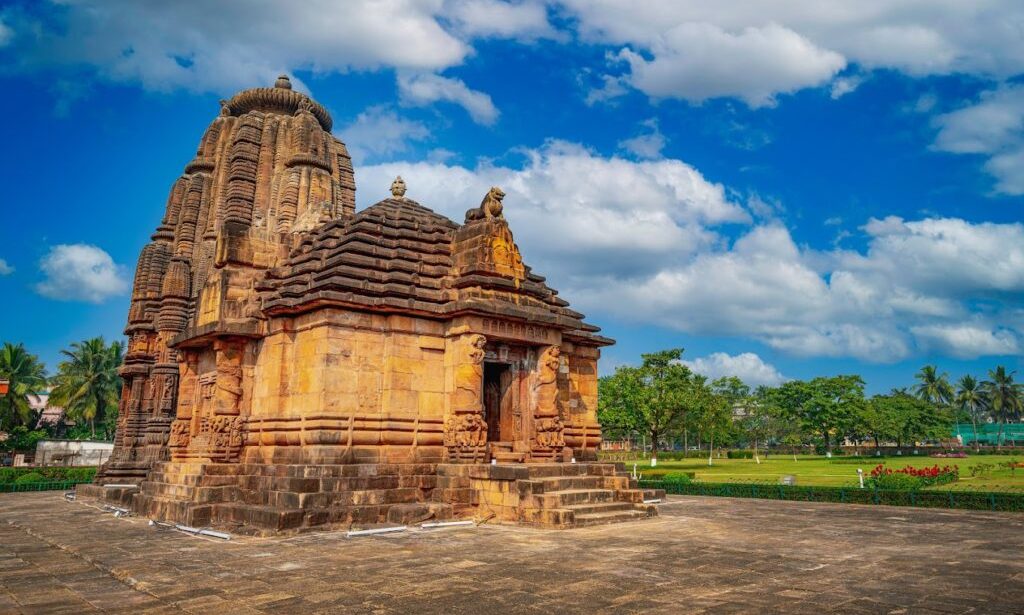The coastal state of Odisha (formerly Orissa/historical name Kalinga and Utkala) is known for its stunning natural beauty comprising beaches, rivers, waterfalls and jungles as well as ancient Hindu temples which are architectural marvels mostly belonging to the Kalinga School of Architecture.
Capital city Bhubaneswar houses hundreds of temples, such as the Brahmeswara, the Mukteshvara and the Lingaraj Temple, the famous Sun Temple at Konark is a UNESCO World Heritage site while the Jagannath Temple at coastal town Puri attracts millions of devotees from across the world.
Utkala Dibasa or Odisha Day is observed on April 1 every year to commemorate the formation of the state in 1936, carved out from the Bengal province. On Odisha Day, here is a look into some of the most popular and beautiful temples which are a must visit in the state!
